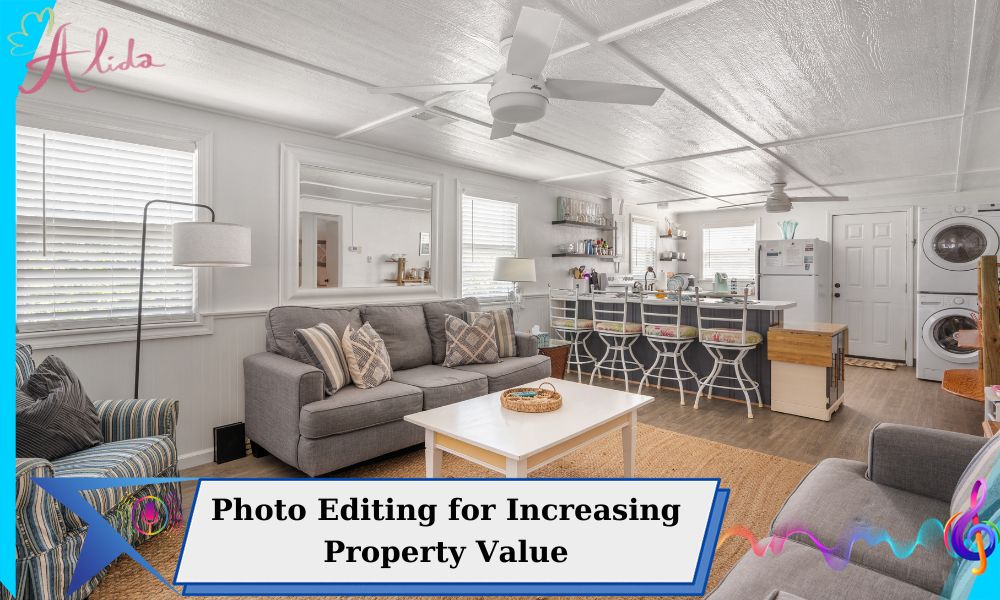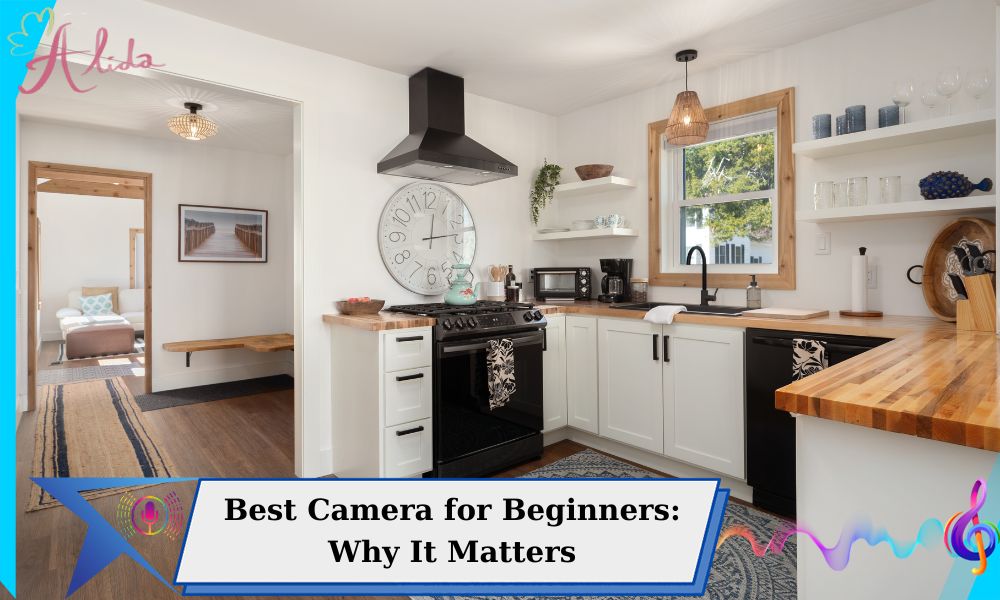Metering modes help your camera measure light in a scene, adjusting exposure settings based on factors like aperture, shutter speed, and ISO. These modes are essential for achieving accurate exposure, ensuring your photos are properly lit. Understanding how to use them effectively is key to mastering photography.
What is Metering in Photography?
Metering helps a camera measure light to determine the right exposure settings, including aperture, shutter speed, and ISO. It ensures photos aren’t overexposed or underexposed, giving photographers control over their images.
Metering Modes: A History of Metering Tools
Early photographers used bulky external light meters for exposure, requiring manual adjustments. As technology progressed, light meters became integrated into cameras, simplifying exposure control. Today, modern cameras feature built-in light meters and various metering modes, enabling photographers to achieve perfect exposure in any lighting condition.
How Modern Cameras Use Light Meters
Today, modern digital cameras come with sophisticated light meters that can measure the light in a scene and offer recommendations based on different metering modes. These meters are designed to evaluate the scene as a whole, taking into account factors like shadows, highlights, and midtones. With advanced technology, cameras can offer accurate results even in challenging lighting conditions.
Types of Metering Modes
There are several metering modes available in modern cameras, and each has a specific purpose. Let’s explore the most commonly used metering modes:
- Matrix / Evaluative Metering: Best for General Use Matrix metering, also known as evaluative metering in some cameras, evaluates the entire scene to calculate exposure. It takes into account multiple zones and uses algorithms to determine the best exposure settings. This metering mode is ideal for most general photography, especially when you are unsure about the lighting conditions.
- Center-weighted Metering: Ideal for Portraits with Backlighting Center-weighted metering prioritizes the exposure in the center of the frame while considering the surrounding areas with less weight. It’s a great choice when shooting portraits, especially in backlighting conditions, where you want the subject in the center of the frame to be properly exposed, while allowing the background to be slightly overexposed.
- Spot Metering: Useful for Small Subjects or Specific Exposures Spot metering focuses on a very small area in the center of the frame, typically around 1-5% of the scene. This mode is useful when you want to meter a specific subject, like a person or an object, regardless of the lighting conditions in the rest of the scene. It’s especially helpful when shooting high-contrast scenes where you want to prioritize the exposure of a particular subject.
- Highlight Priority: Protects Highlights, Useful in High-Contrast Scenes Highlight priority metering is ideal for high-contrast situations where you want to preserve highlight details. This mode ensures that bright areas of the image, such as the sky or light sources, are properly exposed without losing detail, even if the shadow areas end up underexposed.
How to Change Metering Mode
Adjusting the metering mode is simple, though it varies by camera brand and model. Typically, you can access it through the camera’s menu or a dedicated button. Once selected, the camera measures the light and sets the exposure accordingly. It’s helpful to know where to find the metering mode settings for quick adjustments during shooting.
Best Practices for Choosing Metering Modes
Choosing the right metering mode depends on the scene. Use matrix metering for even lighting, center-weighted for backlit subjects, spot metering for high-contrast scenes, and highlight priority to protect highlights. Understanding these modes gives you full control over your camera and ensures perfect exposure every time.
Professional Real Estate Photo Editing Services
If you’re looking for expert real estate photo editing services, Alida offers high-quality editing tailored to your needs. From enhancing lighting to correcting exposure, Alida ensures your real estate photos look professional and captivating. Contact us at photonews121@gmail.com for personalized editing solutions.








